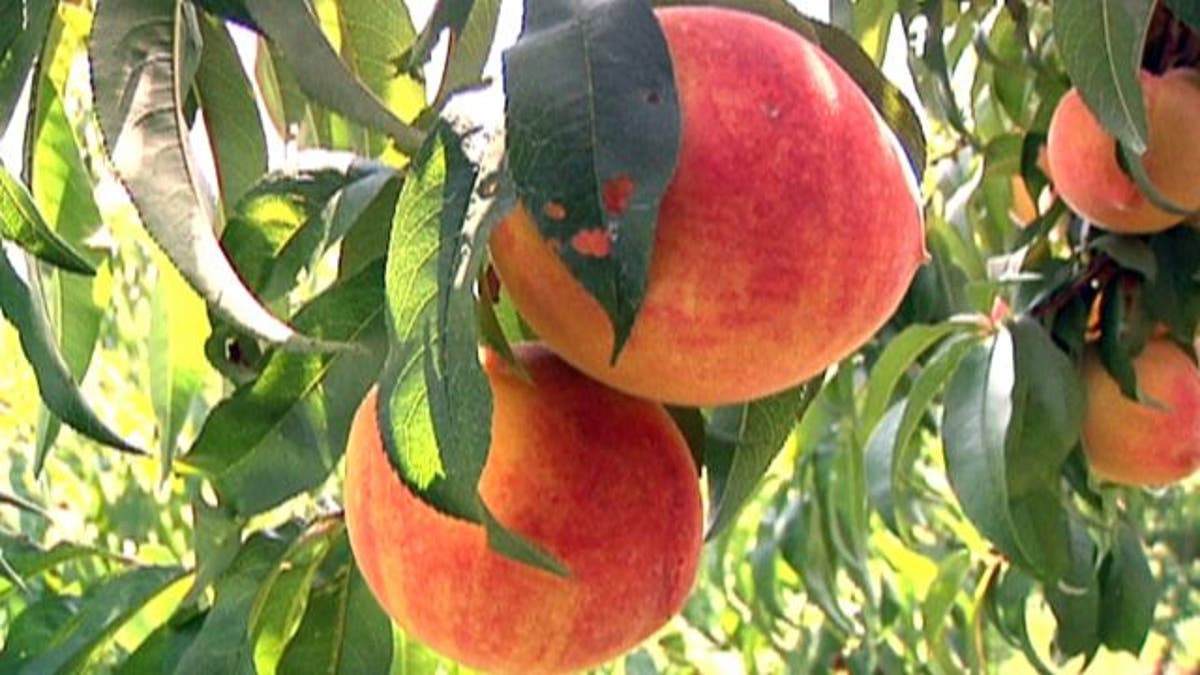
“Local” and “seasonal” have earned spots as buzzwords when it comes to the hottest eating trends. These are both concepts that are rooted in ancient wisdom and can keep you healthy!
Eating seasonally simply means that when the seasons change, your food choices change as well, depending on what’s growing. When you eat locally, you are automatically eating seasonally as well since you won’t be eating foods that grow in the winter during the hot summer months or vice versa. Here are some great reasons to start eating local.
Give your health a boost
Eating locally grown, seasonal food helps our internal body align with the external environment and what’s going on around us. The food we eat can help our system prepare for the external elements. According to traditional Chinese medicine, during the hot summer months, green salads, juicy, watery fruits and even fresh-caught fish help cool the body, which is important for dealing with hot summer days. These same foods eaten during the winter months can create a damp condition from too many cooling foods and may even contribute to gas, bloating and excessive feelings of cold. Eating too many foods that don’t grow in the climate we live in can send mixed messages to the body and may potentially set you up for illness.
Enjoy food at its best
Fresh produce, when picked in season, is much more pleasing to the palate than foods that are picked green and shipped several states away. Out-of-season produce can spend several days in transit crates and may arrive bruised, squishy and lacking the vibrant flavors of their freshly picked counterparts. More and more supermarkets are catching onto the local food movement and have started to label which foods are local, and which ones have made the long journey to their shelves. Your local farmers market is the easiest way to make sure you’re buying fresh, local and seasonal.
The fresher, the better
According to the National Resource Defense Council, in developed nations, food trade is increasing more rapidly than increases in both population and food production. This means food is traveling farther to reach consumers, which should be no surprise considering that the average American dinner plate has food from five different countries on it. Eating locally also helps boost our local economy by keeping our dollars in our own state. Imports compete directly with our local produce.
In the hot summer months, stick with light, cooling foods that will help you bear the brunt of the heat. Summer produce includes berries, plums, peaches, watermelon, corn, broccoli, summer squash and green salads. In the fall, fresh foods include carrots, sweet potatoes onions, garlic and apples. In the cold winter months, focus on warming foods — specifically root vegetables and animal proteins. Then, in the spring, turn back to leafy green vegetables including chard, spinach, romaine lettuce, parsley and basil.
It may sound difficult and take some getting used to buying local produce and eating with the seasons, but it’s well worth it. Since different produce grows in different parts of the country, it may mean cutting down your consumption of bananas if you live in the Northeast or eating fewer apples if you live in Florida. Shopping your local farmers market or joining a community supported agriculture group (CSA) can simplify the confusion and lessen the learning curve of what is native to where you live.
